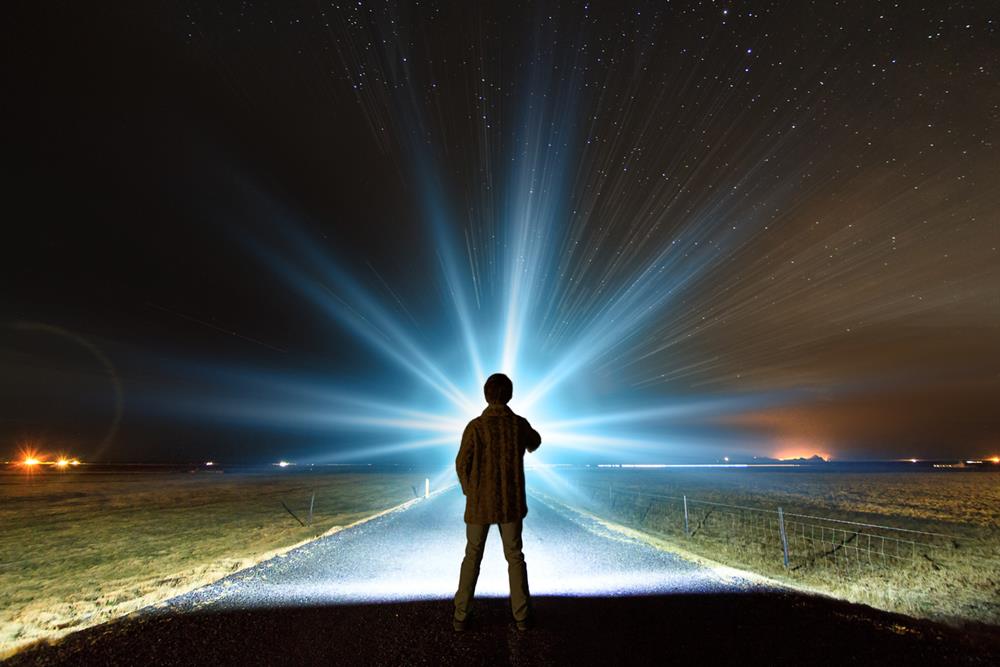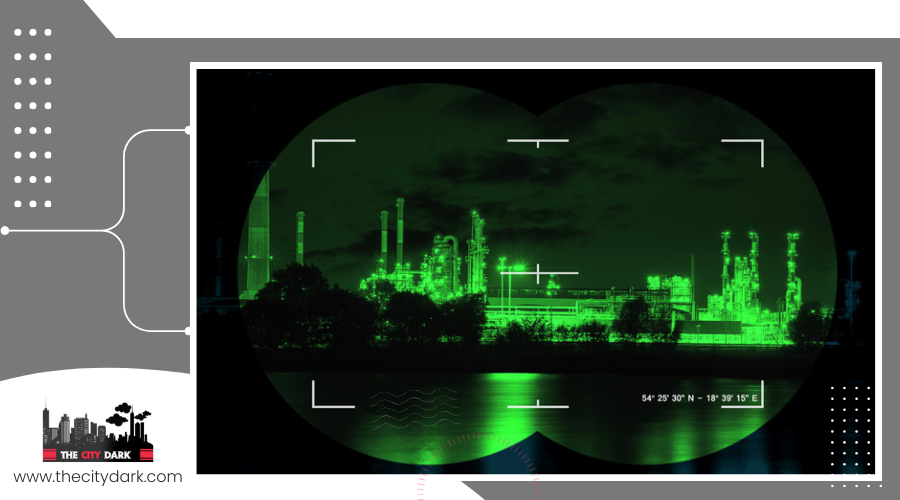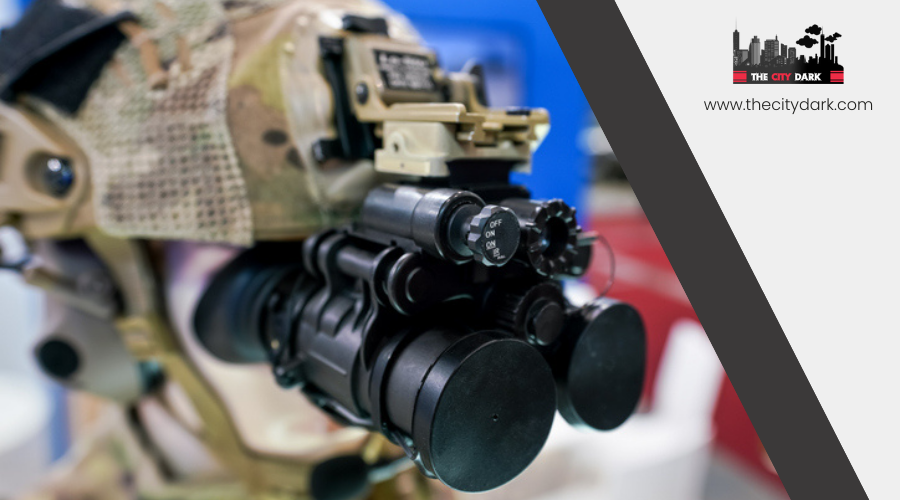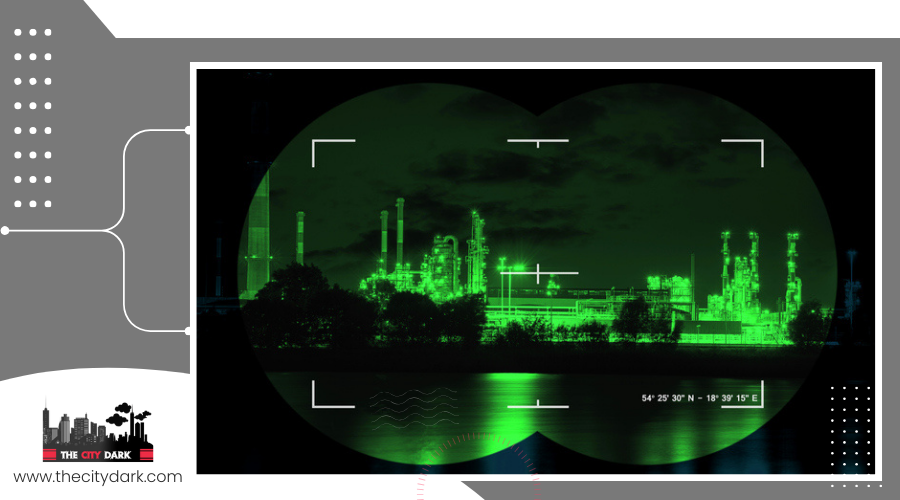What Flashlight Does NASA Use?

When you're working in space, every tool must perform flawlessly—and that includes something as seemingly simple as a flashlight. For NASA, flashlights aren’t just for lighting up dark corners. They're critical pieces of equipment used during spacewalks, inside spacecraft, and during emergency situations where visibility is vital.
But what kind of flashlight meets NASA’s extreme demands? In this article, we’ll explore the flashlights NASA uses, what makes them space-worthy, and the advanced features that set them apart from everyday models.
| Feature | Details |
|---|---|
| Primary Model Used | SureFire G2X |
| Lumen Output | 100 to over 1,000 lumens; SureFire G2X emits up to 600 lumens |
| Lighting Technology | Advanced high-efficiency LED |
| Construction | Lightweight, impact-resistant polymer body; waterproof and durable |
| Battery Type | Two 123A lithium batteries |
| Key Features | Dual brightness modes, adjustable beam settings, red-light mode for night vision, strobe options |
| Environmental Resistance | Functions in extreme temperatures (-250°F to 250°F), vacuum conditions, and high-vibration environments |
| Energy Efficiency | Long LED lifespan (50,000+ hours), minimal power consumption, and reduced heat output |
| Specialized Use | Spacewalks, inside spacecraft, planetary exploration, and emergency lighting |
| Future Innovations | Smart lighting systems, fiber optics, luminescent materials, and mission-responsive brightness adjustment |
Overview of NASA's Flashlight Requirements
When it comes to space missions, NASA’s flashlight standards are anything but ordinary. Durability, reliability, and safety are top priorities to ensure these tools perform flawlessly in some of the most extreme conditions imaginable.
NASA looks for flashlights that are:
Lightweight and compact to conserve space and reduce payload weight
Equipped with advanced LED technology for maximum energy efficiency and long battery life
Built to withstand extreme temperatures, both hot and cold, without losing functionality
Made with non-flammable materials to eliminate fire risk in oxygen-rich or enclosed environments
Waterproof or moisture-resistant, adding protection in case of spills or condensation
Every component is selected with precision, making sure the flashlight will function reliably during everything from spacewalks to in-cabin emergencies. For NASA, a flashlight isn’t just a tool—it’s a mission-critical device.
Key Features of Space Exploration Flashlights
Flashlights used in space aren’t your everyday tools—they’re engineered to meet NASA’s exacting standards for performance, safety, and durability in some of the harshest environments known to man.
Here are the key features that set them apart:
LED Technology: Space flashlights rely on high-efficiency LEDs, offering long-lasting brightness with minimal power consumption—ideal for extended missions.
Adjustable Brightness and Beam Settings: Multiple brightness levels and beam modes allow astronauts to adapt to various tasks, whether working in total darkness or inspecting equipment up close.
Lightweight and Durable Construction: Made from strong yet lightweight materials, these flashlights are easy to maneuver in low-gravity environments and tough enough to endure heavy use.
Water and Impact Resistance: Built to resist moisture, shock, and mechanical stress, ensuring continued operation in unpredictable conditions.
Temperature and Vacuum Tolerance: Designed to function reliably in extreme temperatures and vacuum conditions, where traditional flashlights would quickly fail.
In space, lighting isn’t just convenient—it’s critical. These specialized flashlights are built to ensure dependable performance in life-supporting and mission-critical moments. Night vision plays a crucial role in enhancing situational awareness for astronauts, allowing them to navigate and perform tasks efficiently in low-light conditions encountered in space.
The SureFire G2X: A Preferred Model
View this post on Instagram
In the domain of reliable tools for space missions, NASA often turns to the SureFire G2X flashlight. This model is favored for its durability and exceptional performance in diverse mission environments.
The G2X's lightweight, impact-resistant polymer body houses a high-output LED capable of emitting up to 600 lumens, providing brilliant illumination when you need it most. Its dual-output feature offers versatile lighting, letting you switch between high and low beams effortlessly.
With weatherproof construction, the SureFire G2X guarantees dependable performance even in harsh conditions, making it suitable for both space and terrestrial operations.
Powered by two 123A lithium batteries, it assures long-lasting runtime and easy replacements during extended missions. This flashlight is a demonstration of NASA's demand for excellence in their gear.
LED Technology in NASA's Flashlights
Beyond the SureFire G2X's impressive features, NASA's flashlights showcase advanced LED technology to meet the rigorous demands of space missions.
By utilizing this technology, you get efficient and long-lasting illumination essential for a range of activities in space. These flashlights deliver high lumens output, guaranteeing bright light even in the low-visibility environments of spacewalks or inside spacecraft.
They're designed to be lightweight and compact, addressing the space and weight constraints of missions. You can also adjust brightness levels and use strobe functions for adaptable operations.
LED technology minimizes power consumption and heat generation, allowing for extended use without frequent battery replacements. This efficiency guarantees that astronauts can focus on their mission rather than worrying about equipment failures.
Durability and Reliability in Extreme Conditions

When it comes to operating in the harshest environments imaginable, NASA’s Lunar Flashlight is a prime example of advanced engineering built for space.
This small but powerful 6U CubeSat is designed to function reliably in the vacuum of space and withstand extreme temperatures that can drop below -250°F in the Moon’s permanently shadowed regions. Its green monopropellant propulsion system offers both safety and efficiency—crucial for deep space travel.
The Lunar Flashlight is equipped with durable commercial-grade components, including NASA JPL’s Sphinx flight processor and Iris radio, both engineered to survive the intense vibrations of launch and the thermal extremes of space. Every element is chosen for maximum resilience, allowing the spacecraft to carry out precise scientific measurements in some of the most unforgiving conditions in the solar system.
With a compact yet rugged design, the Lunar Flashlight proves that even small tools can deliver big results—as long as they’re built to last. Additionally, the Lunar Flashlight employs advanced energy management systems to optimize power usage, ensuring that it remains operational even in the most challenging environments.
Energy Efficiency and Lumen Output
NASA’s flashlights are designed with maximum energy efficiency and high-performance lighting in mind—key factors for reliability in space missions.
Using advanced LED technology, these flashlights deliver strong illumination while consuming very little power. Their lumen output ranges from 100 to over 1,000 lumens, offering flexibility for a variety of tasks—from delicate equipment inspections to broader visibility in dark environments.
With lifespans exceeding 50,000 hours, these LEDs minimize the need for replacements, which is crucial on long-duration missions. They're also built to maintain consistent performance in the extreme temperatures and vacuum of space.
Many models feature adjustable brightness settings, allowing astronauts to manage light intensity as needed while conserving battery life. This combination of efficient power use, durable design, and customizable lighting makes these flashlights essential tools for working in space. Additionally, energy-efficient design allows for longer operation on the same battery, which is crucial for extended use in space where recharging options are limited.
Specialized Flashlights for Planetary Missions
While initiating planetary missions, NASA equips astronauts with specialized flashlights that are fundamental for traversing the challenging environments of celestial bodies like the Moon and Mars.
These flashlights use advanced LED technology to guarantee high-intensity illumination, essential for exploring low-light environments. Their rugged designs withstand harsh conditions, including dust and extreme temperatures, making them indispensable for extraterrestrial surfaces.
You’ll find these flashlights are lightweight and compact, allowing astronauts to carry them effortlessly during exploration. They often include multiple brightness settings and red-light modes, helping preserve night vision—a significant feature for safe operations in the dark.
NASA continuously evaluates new lighting technologies to improve safety and efficiency, integrating astronaut feedback to refine flashlight designs for future planetary missions.
Engineering for Temperature Resilience
Even with the harshest temperature extremes of space, NASA engineers craft flashlights that endure and excel. They design these tools to withstand the vast temperature range from -250°F to 250°F.
By selecting materials with exceptional thermal resilience, such as specialized polymers and metals, these flashlights maintain their integrity in both scorching and freezing conditions.
Testing involves placing flashlights in thermal vacuum environments to simulate space's harsh conditions, ensuring reliable performance. Incorporating advanced LED technology further improves durability and energy efficiency, reducing heat output and extending operational life.
Robust sealing techniques are vital, preventing moisture and dust ingress that temperature fluctuations can exacerbate.
Through careful engineering, NASA's flashlights become indispensable tools for successful space missions.
Future Innovations in Space Lighting Tools

As NASA pushes the boundaries of space exploration, they're keenly focused on transforming lighting tools for future missions.
They're exploring advanced lighting technologies that incorporate high-efficiency LED systems, ensuring ideal illumination while minimizing power consumption.
Imagine flexible lighting options using fiber optic lighting, providing astronauts with lightweight solutions for diverse environmental conditions.
Luminescent materials could revolutionize space missions by creating glow-in-the-dark tools, reducing reliance on battery-powered lights.
Smart lighting systems that adjust brightness and color temperature based on mission needs are also in the works, enhancing operational efficiency.
NASA's collaboration with private companies is vital, as they develop lighting solutions resilient enough to withstand space's harsh conditions, ensuring reliable functionality for both crewed missions and robotic exploration.




